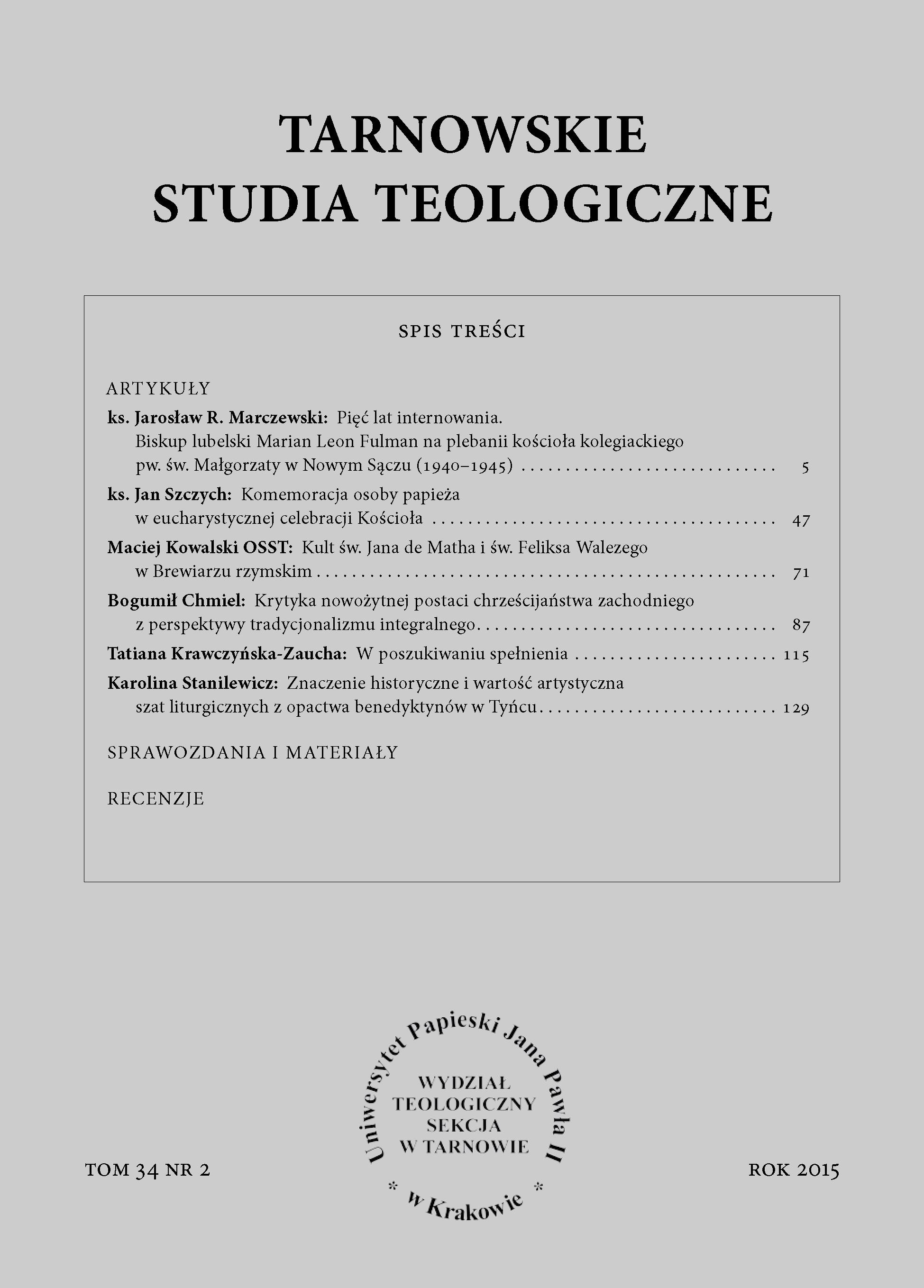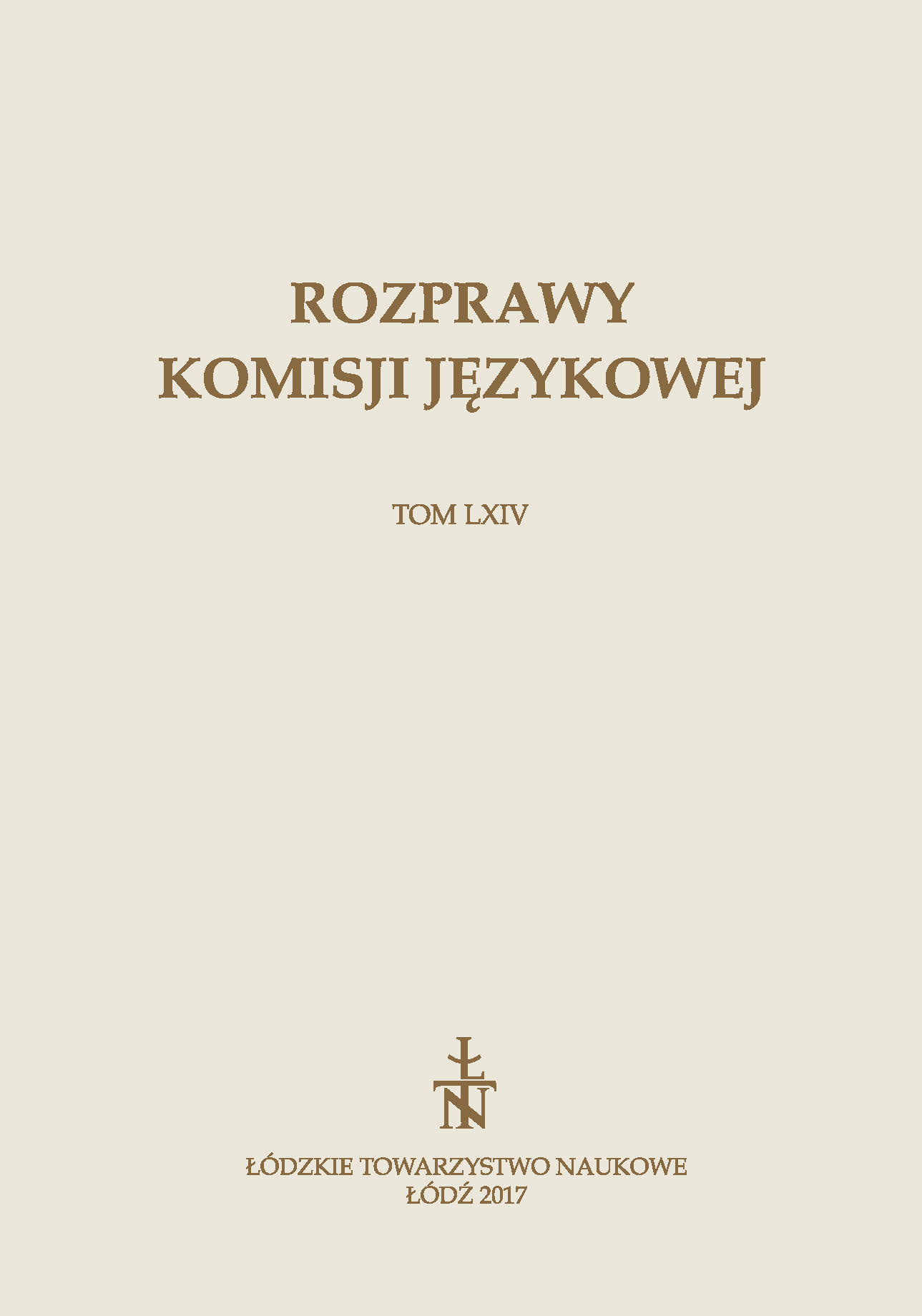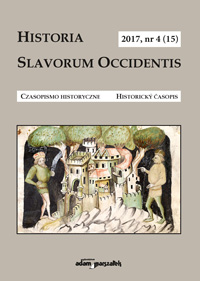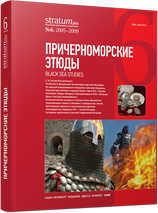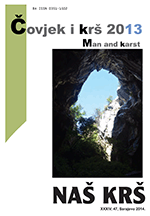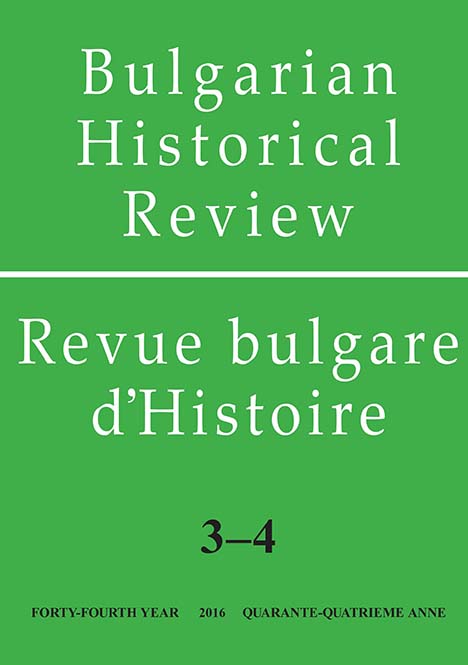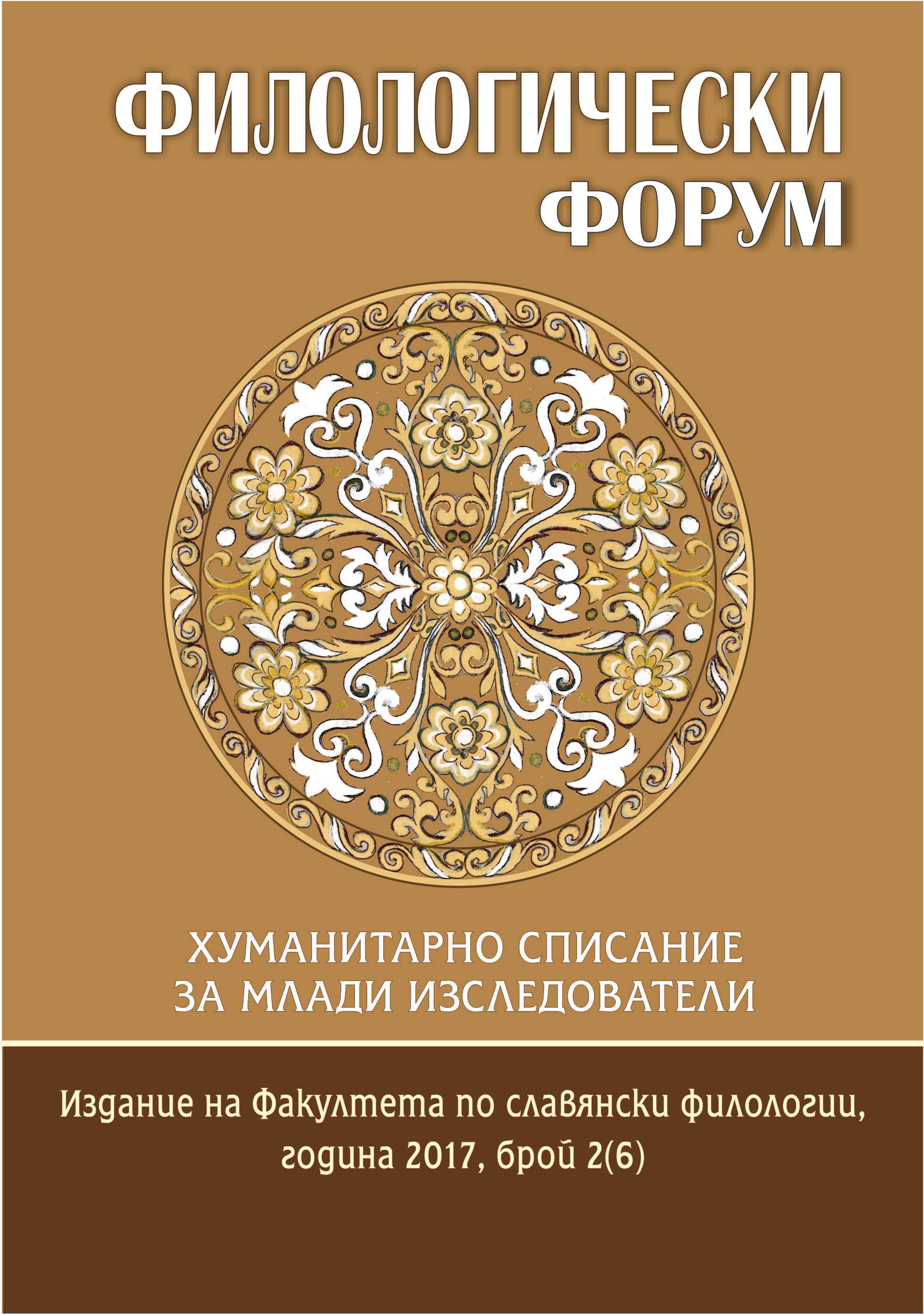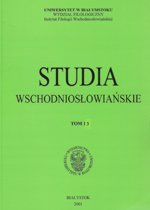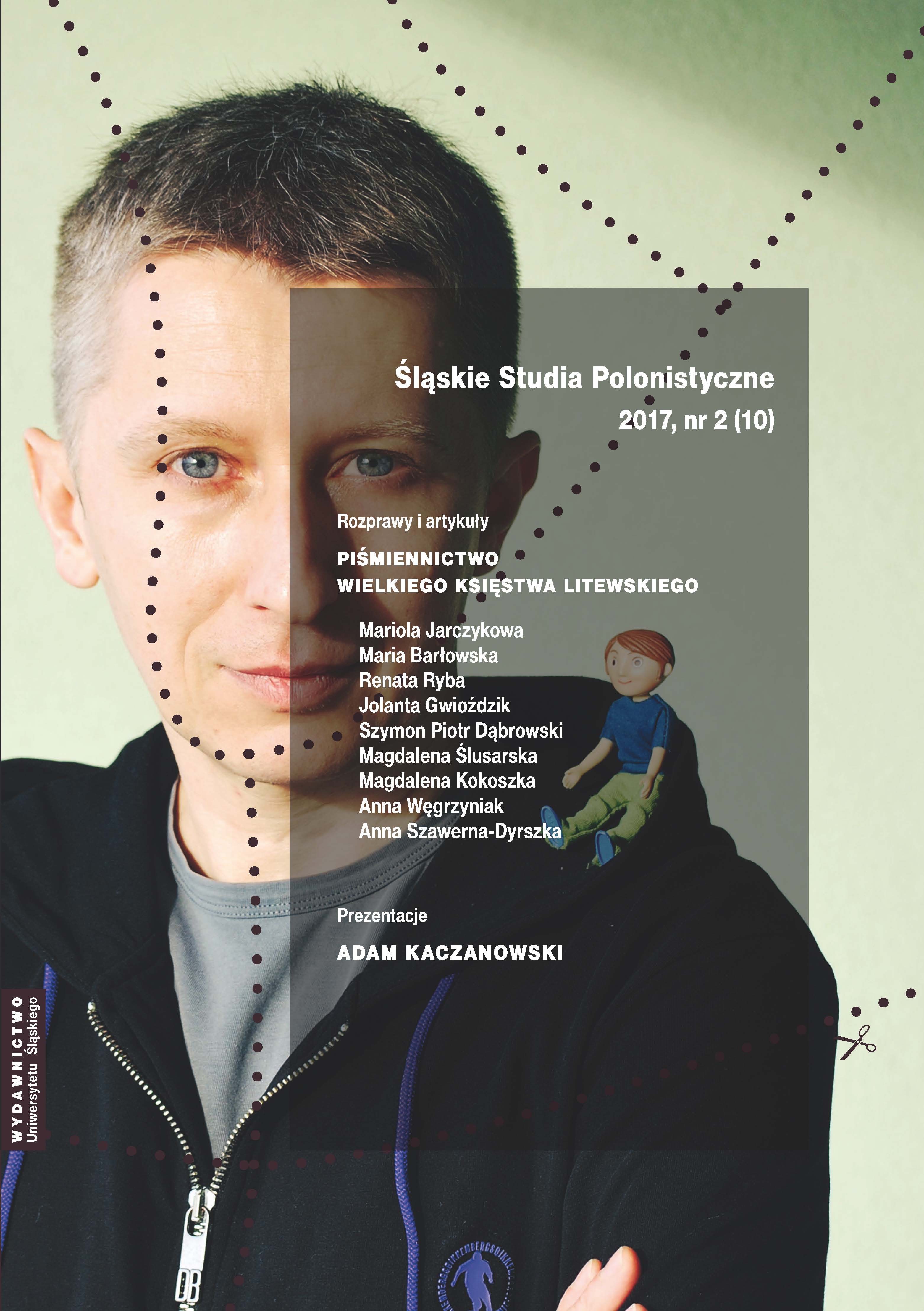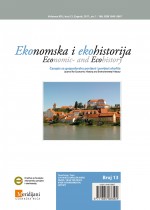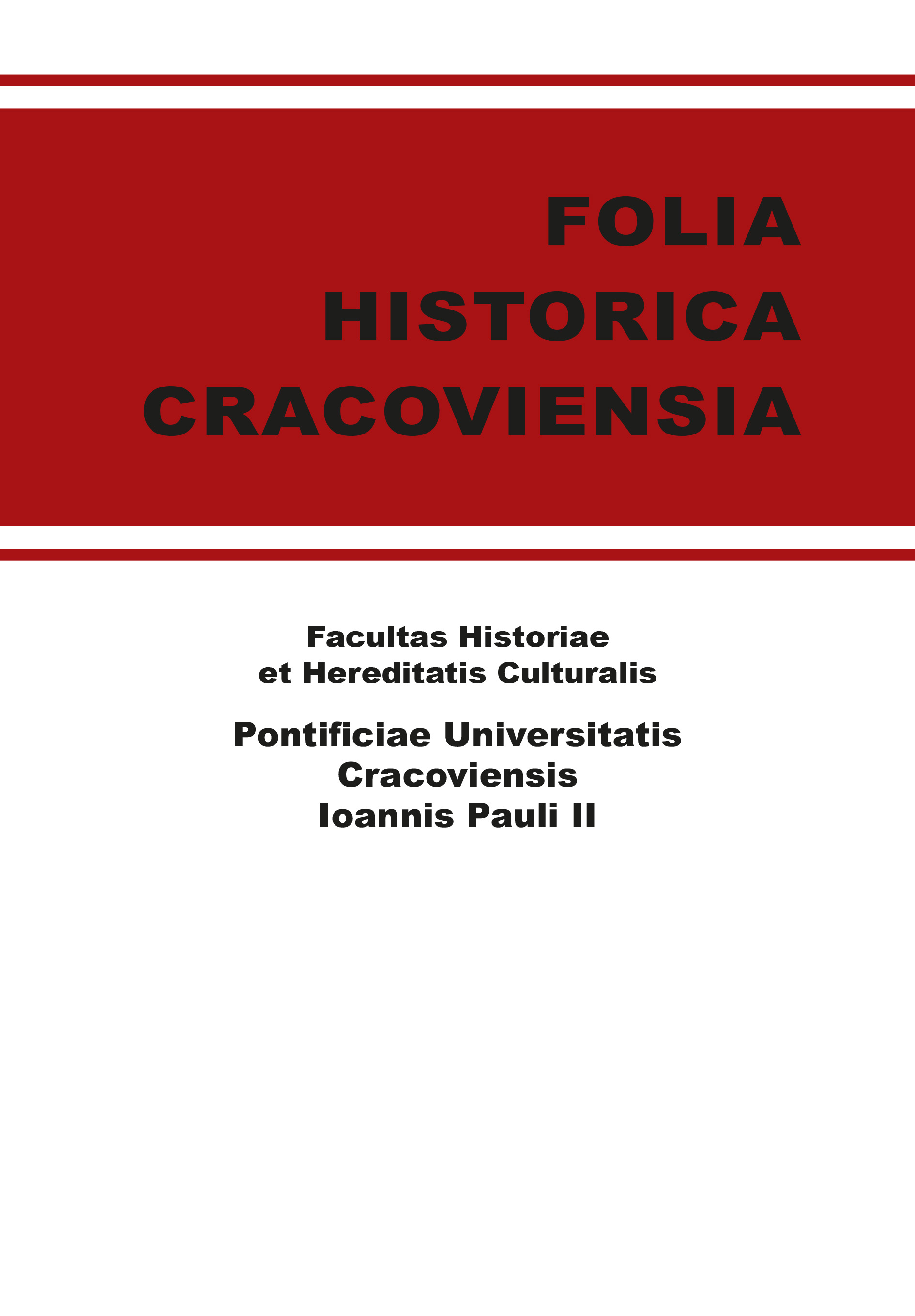
Dominikanie na kresach wschodnich Rzeczypospolitej Obojga Narodów (teren dzisiejszej Białorusi)
Celem artykułu jest zarysowanie historii obecności zakonu dominikańskiego na tej części Kresów Wschodnich dawnej Rzeczypospolitej (Wielkie Księstwo Litewskie), które obecnie leżą w granicach państwa białoruskiego, począwszy od średniowiecza do drugiej połowy XIX wieku. Na terenie tym istniało 45 placówek dominikańskich, które zostały skasowane przez władze zaboru rosyjskiego w XIX wieku. Dominikanie prowadzili nie tylko działalność duszpasterską (głównie kaznodziejstwo i parafie), ale także oświatową i kulturalną. W okresie powstań zakonnicy również czynnie brali w nich udział, za co spotkały ich represje (emigracja, zsyłki na Syberię, kasaty klasztorów i konfiskata mienia i dóbr kultury). The purpose of the article is to provide an outline of the history of the Dominican presence on the Eastern Frontier of the former Republic (The Great Principality of Lithuania), in the region which now belongs to Belarus. The analysis includes the period between the Middle Ages until the late 19th century. In this territory, fourty-five Dominican locations existed and they were cassated by the Russian partition authorities in the 19th century. The Dominicans were active not only in the pastoral ministry (mostly preaching and parish-keeping), but also in education and culture. At the time of Polish national uprisings, the religious took active part in the efforts and endured the oppressing consqequences of their involvement (emigration, expulsion to Siberia, convent cassations and confiscation of property and cultural goods).
More...

